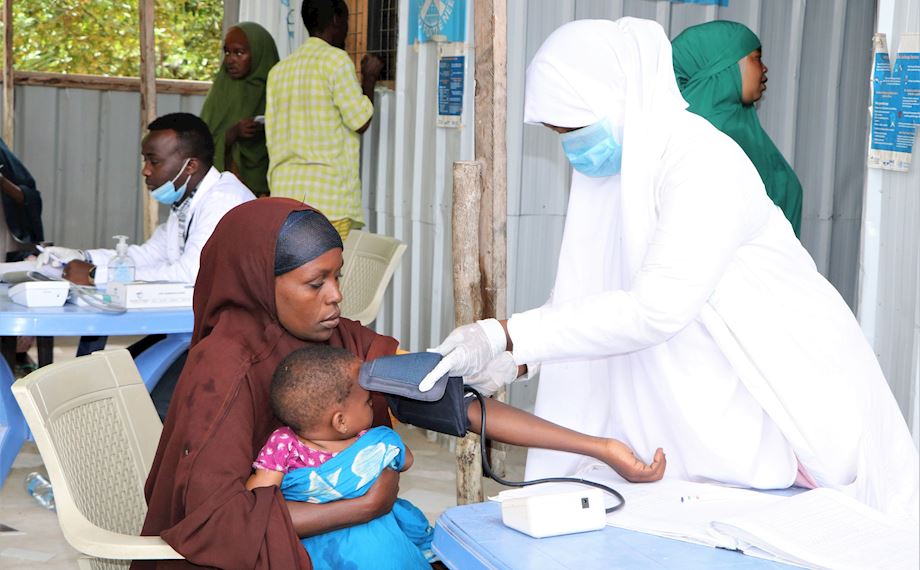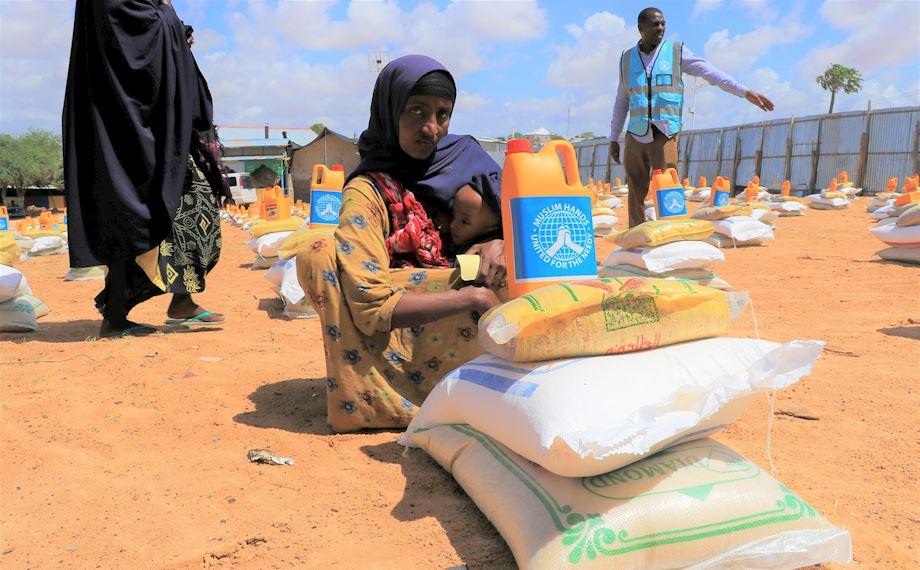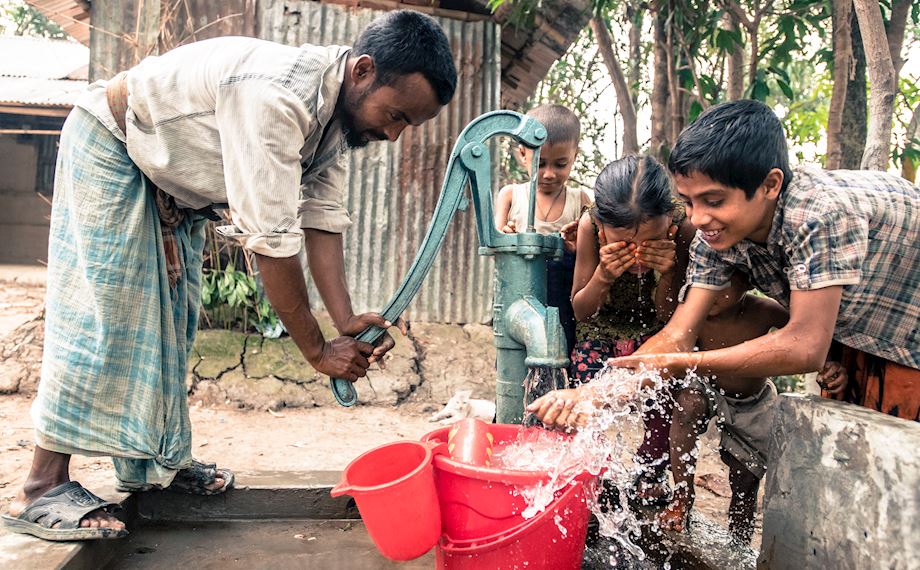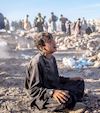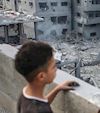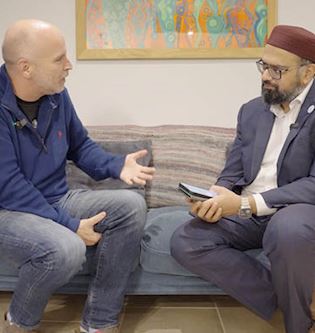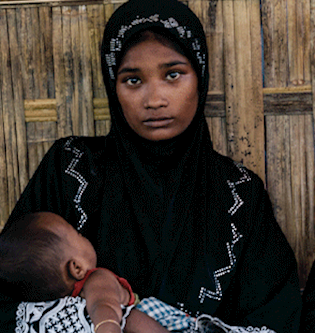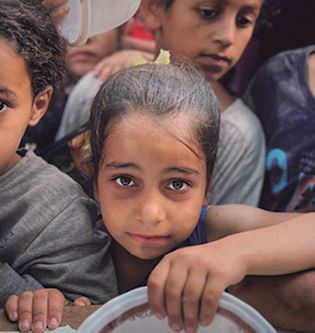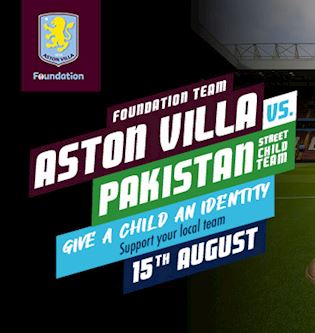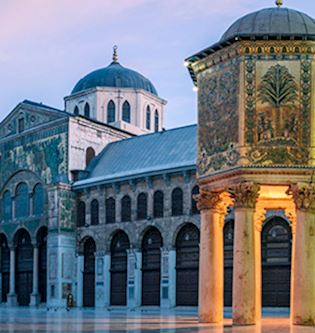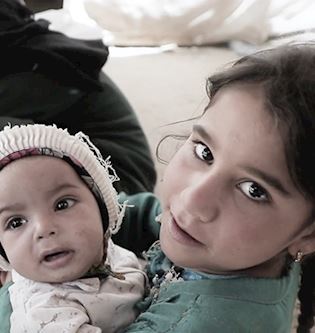Black History Month: Celebrating the Prophet's (saw) Second Mother - Umm Ayman

Black History Month takes place annually every October to remember and celebrate the contributions of black people to society.
Our Islamic history is heavily intertwined with Africa, with many of the earliest Muslims being black. You can find out more about the origins of Islam in East Africa as well as its significance in the seerah in our other blogs.
In line with this year’s theme, ‘Saluting our Sisters’, we want to celebrate the life of one of the most beloved women to the Prophet Muhammad (saw) – Umm Ayman (ra). Read on to find out who she was and her importance in the life of the Prophet (saw).
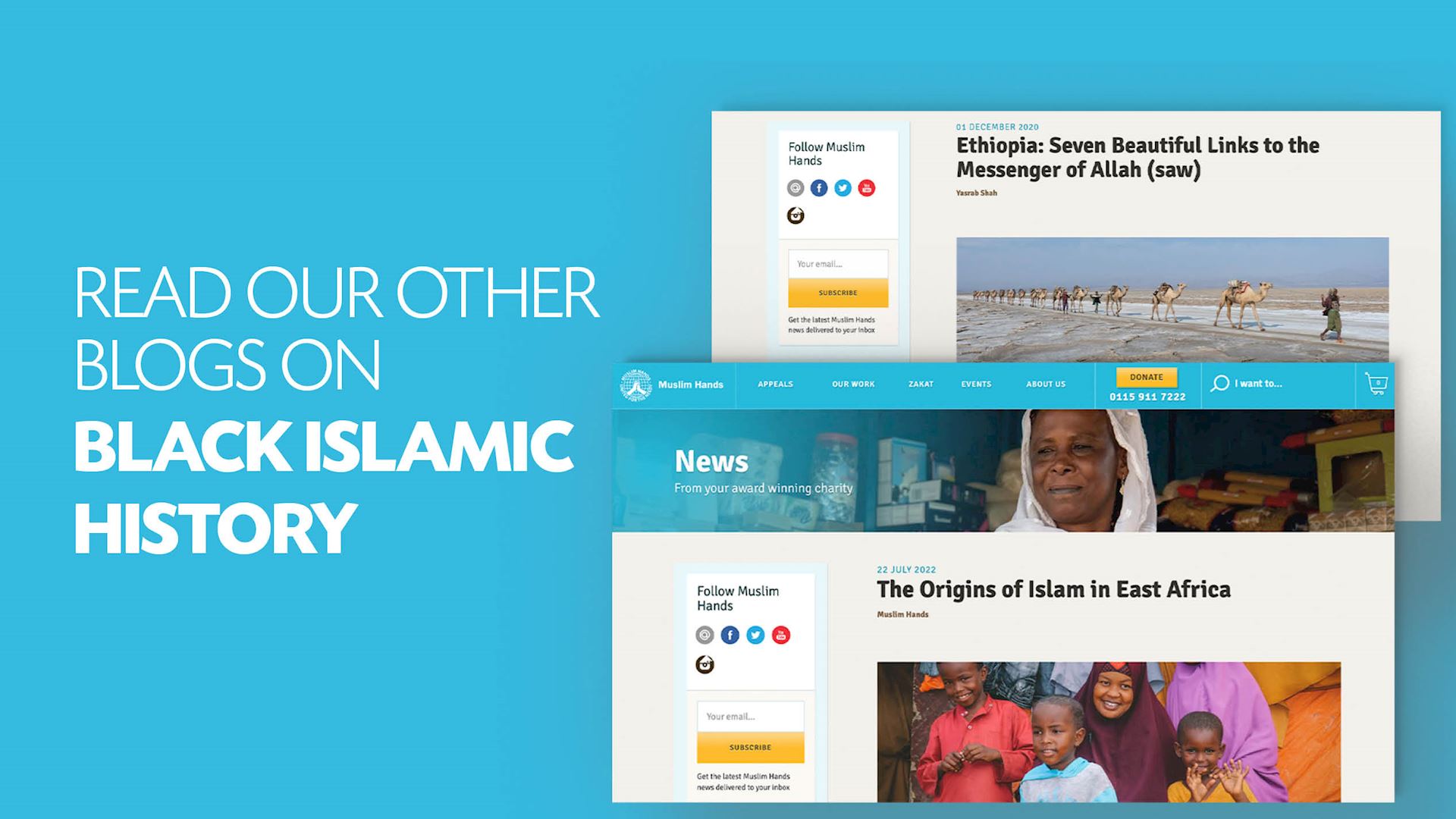
Who was Umm Ayman(ra)?
Her real name was Barakah bint Tha‘labah. It is estimated that she was born in the year 557, which made her 13 years older than the Prophet (saw). She was given the nickname Umm Ayman after her first child was born.
Umm Ayman was originally from Abyssinia, East Africa, but was sold as a slave to the Prophet’s (saw) father, ‘Abdullah, in Makkah. She was the only slave in the household when he was growing up.
‘Abdullah left on a trading trip when the Prophet’s (saw) mother, Aminah was early in her pregnancy. She would regularly send Barakah out to the place caravans would arrive in Makkah to find out when ‘Abdullah returned. When news arrived that he had passed away on the journey, she was the first to inform Aminah and she remained by her side consoling and supporting her during her bereavement.
When the Prophet’s (saw) father passed away, he inherited her.
Who Witnessed the Birth of the Prophet Muhammad (saw)?
Umm Ayman supported Aminah throughout her pregnancy after ‘Abdullah passed away.
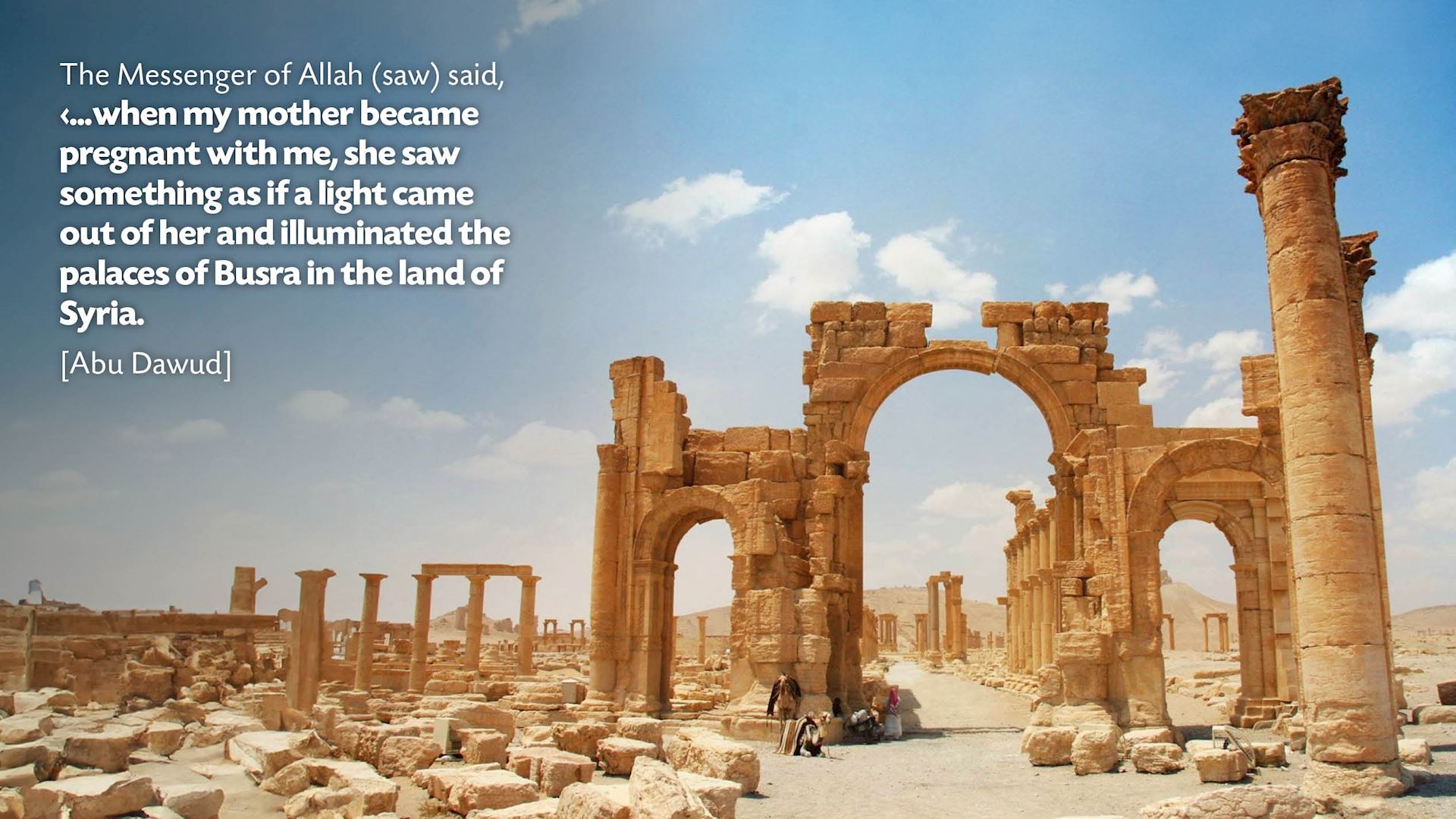
When she asked Barakah about this, she suggested that it was a sign of a blessed child. During his birth, this incident became a reality, as Ibn Hajar (rh) mentions in Fath al-Bari, his commentary on Sahih al-Bukhari:
‘Among the signs of his Prophecy that appeared at his birth (saw) and after his birth was what At-Tabarani narrated from 'Uthman ibn Abi Al-‘Aas Ath-Thaqafi, from his mother, that she went to Aminah, the mother of the Prophet (saw) and she related that when she [Aminah] was in labour (i.e. giving birth), “I was looking at the stars getting closer to me to the point that I thought they would fall on me; and when she gave birth, a light came out of her that lit the whole house.”’
Umm Ayman would’ve been amongst the few who witnessed this miracle. She was with Aminah as she gave birth to the Prophet (saw) and was the first to hold him and clean him before she put him in his mother’s hands.
Barakah (ra) was also one of only three people who nursed the Prophet (saw) when he was an infant. The others were his mother and Halimah, who raised him in the desert as was the tradition of the urban Arabs.
She continued to support Aminah in looking after the Prophet (saw) until she passed away when he was only six years old. She then followed him to his grandfather, Abdul-Muttalib’s home when he became the Prophet’s guardian, and then again to his uncle, Abu Talib’s home after he passed away when the Prophet was 9 years old. She comforted the Prophet (saw) as those closest to him left this world.
She would remain by his side for the rest of his life.
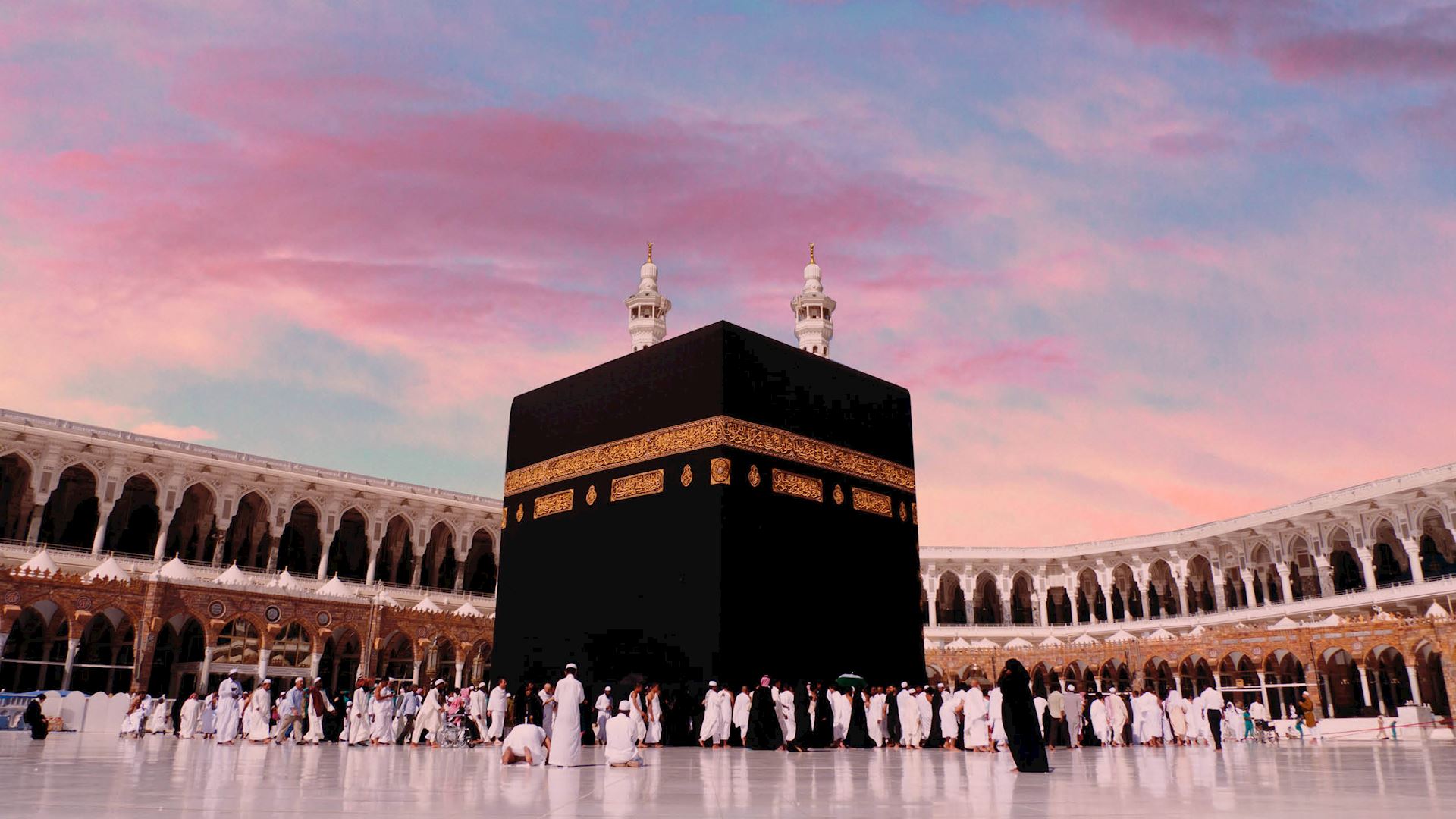
When did Umm Ayman (ra) accept Islam?
During the early days of the Message, the Prophet (saw) called the people to Islam in secret. After the Prophet’s (saw) beloved wife, Khadijah (ra), the second woman to embrace Islam was Umm Ayman (ra). She would have been in her fifties at this time, and still loved and stood by the Prophet (saw) as he began the incredibly difficult journey of carrying this message to the world.
Who did Umm Ayman (ra) marry?
When the Prophet (saw) married Khadijah (ra), he introduced Barakah (ra) to her as ‘my mother after my mother’. She was so close to him, he saw her as a mother.
Throughout all these years, Barakah (ra) had never married. Now that he was married, the Prophet (saw) freed her, and he and Khadijah (ra) began to encourage her to settle down too. She was hesitant saying, ‘I never left him, and he never left me’, expressing her devotion to the Habib of Allah (saw).
Khadijah (ra) insisted and offered to find her the best of men and to pay for all of her wedding expenses. She married Ubayd ibn Zaid (ra) who was from the Khazraj tribe in Yathrib (now Madinah). Together they had a son named Ayman (ra). Ubayd passed away before the first revelation came, and Umm Ayman moved back in the house of the Prophet (saw) with her son.
Sometime later, after the advent of Islam, the Prophet (saw) told his companions:
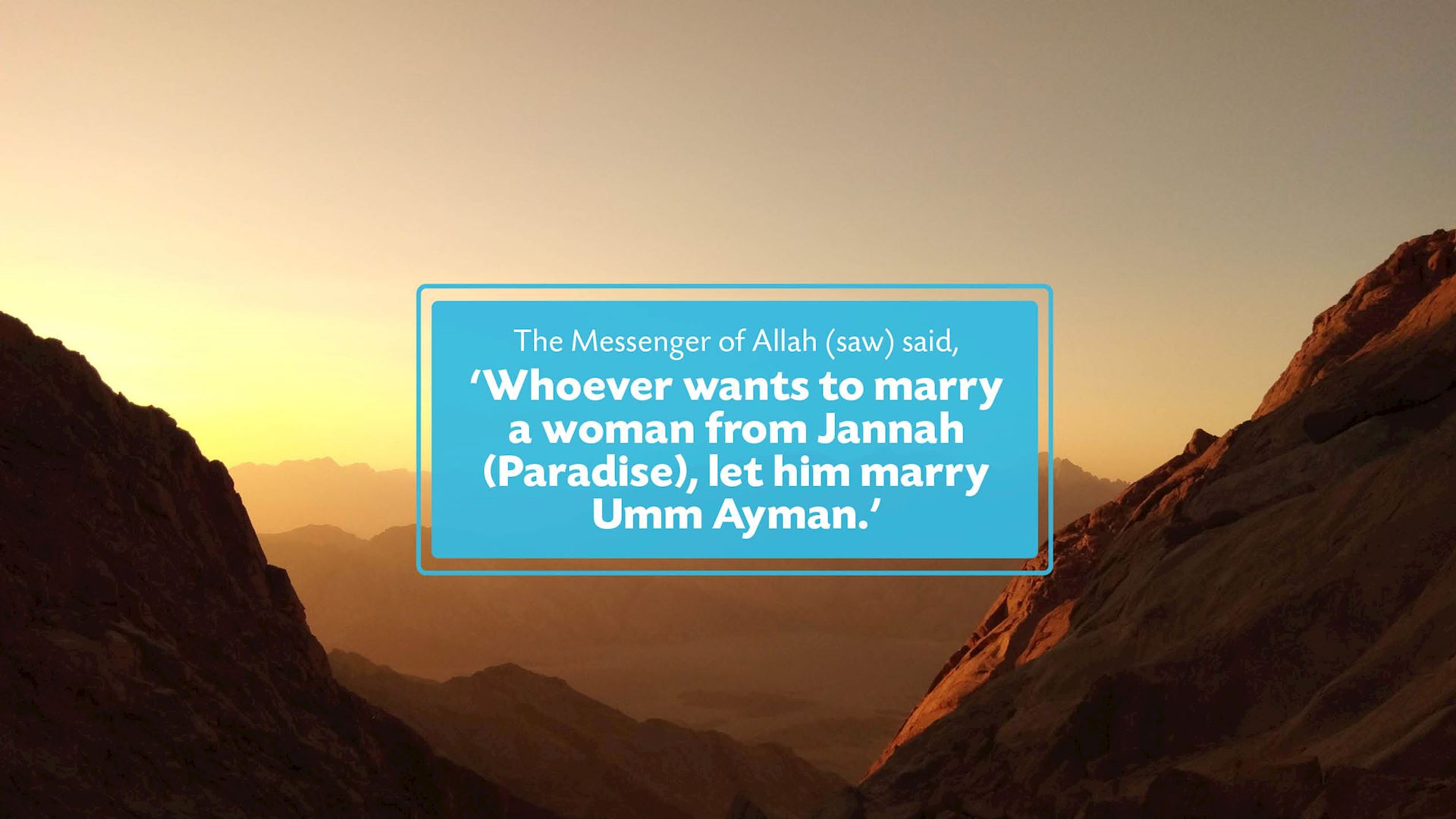
She was old, widowed and had no special lineage, but she was a righteous believer destined for Paradise.
Zaid ibn Harithah (ra) stepped forward and offered to marry her, eager to be a companion of such a great and noble woman. He too had once been a slave, but the Prophet (saw) had freed him and adopted him as a son. Zaid married Umm Ayman despite being 20 years younger than her. Together they had a son named Usamah ibn Zaid (ra) who grew up to be dearly beloved to the Prophet (saw).
Umm Ayman (ra) made Hijrah to Madinah
After long searching for tribes outside Makkah to grant support to the persecuted Muslims, the Prophet (saw) finally received the pledge of allegiance from the new converted Aws and Khazraj tribes in Yathrib. Thereafter, the companions began to escape Makkah, making the difficult journey to safety. This event is named as the Hijrah in the books of Seerah (biography of the Prophet (saw)).
Umm Ayman (ra) took part in the Hijrah at the age of 70 after the Prophet (saw) had already arrived in Yathrib. On the tiresome journey, she was honoured by Allah to witness a blessed miracle. The incident is narrated in the following hadith:
When Umm Ayman (ra) emigrated, she arrived at the Munsaraf (i.e. a place that is close to the area of Badr) near al-Rawha (i.e. both locations are on the pathway between Makkah and Madinah). She was extremely thirsty and then a container of water with a white rope descended to her from the sky. She took it and drank from it until her thirst was quenched.
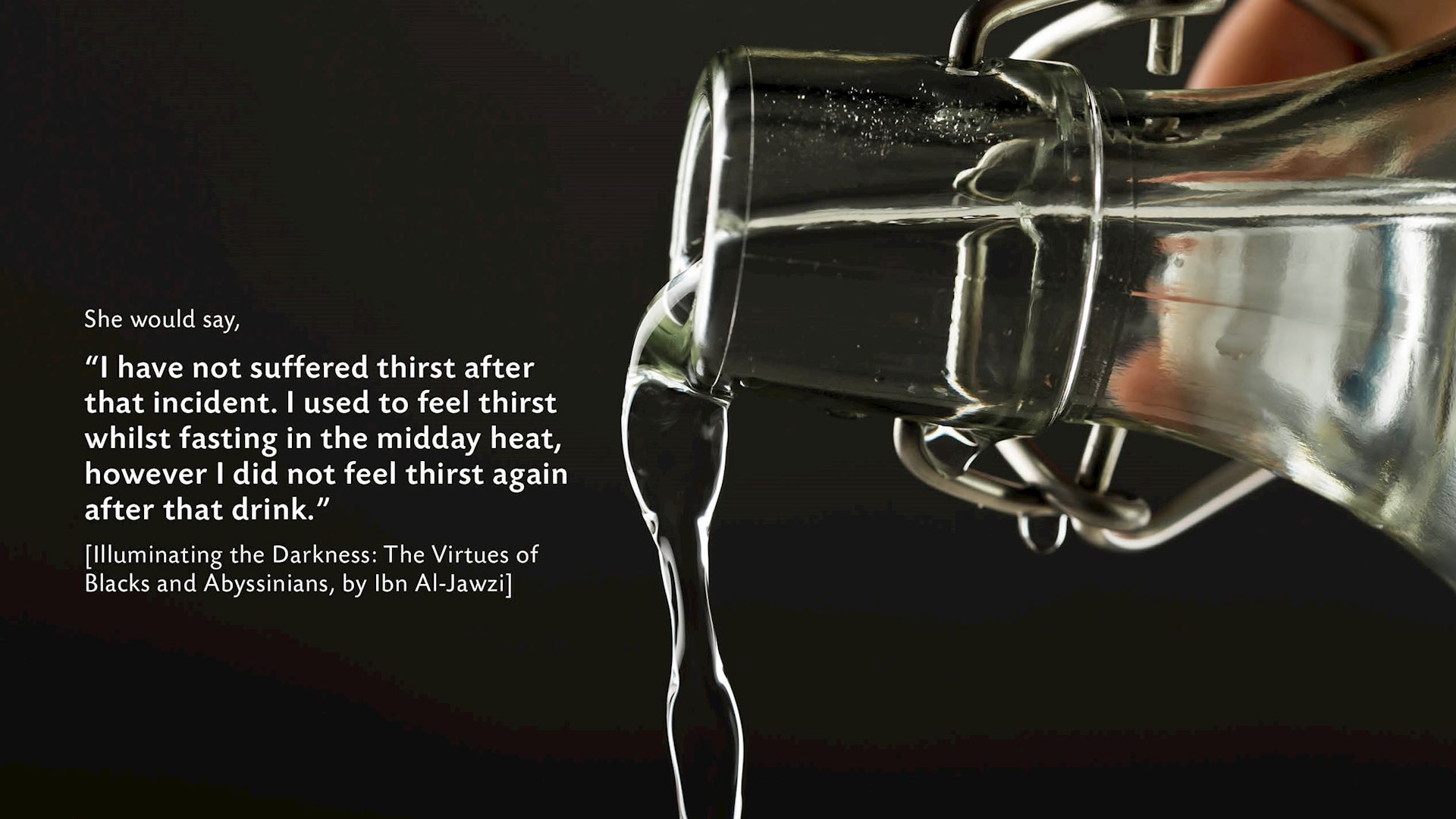
When she finally arrived in Madinah, her feet were swollen, and her face was covered in dust. The Prophet (saw) looked at her and again gave her glad tidings of Jannah.
How close to the Prophet (saw) was Umm Ayman (ra)?
The Prophet (saw) regarded Umm Ayman (ra) like a mother to him. As mentioned before, he referred to her as ‘my mother after my mother’. When he used to visit her whilst performing voluntary fasts, she would still feed him just like a mother.
He used to say about her that ‘this is the entirety of what’s left of my family.’
He was incredibly close to her and would often joke with her. As she was originally from Abyssinia, her Arabic wasn’t very strong, and she mispronounced some letters and phrases.
Once she visited the Prophet (saw) and mistakenly greeted him with ‘Salam la alaikum’ which translates as ‘may peace not be upon you’. He replied to her that she can simply say ‘Salam’.
In another incident, she asked the Prophet (saw) to find her a camel to ride, to which he said that he would find her the child of a camel. When she replied that it wouldn’t bear the weight of her, he still insisted saying, ‘No, I will not carry you except upon a child o f a camel.’ By this, he meant that all camels are the children of other camels. [Illuminating the Darkness: The Virtues of Blacks and Abyssinians, by Ibn Al-Jawzi]
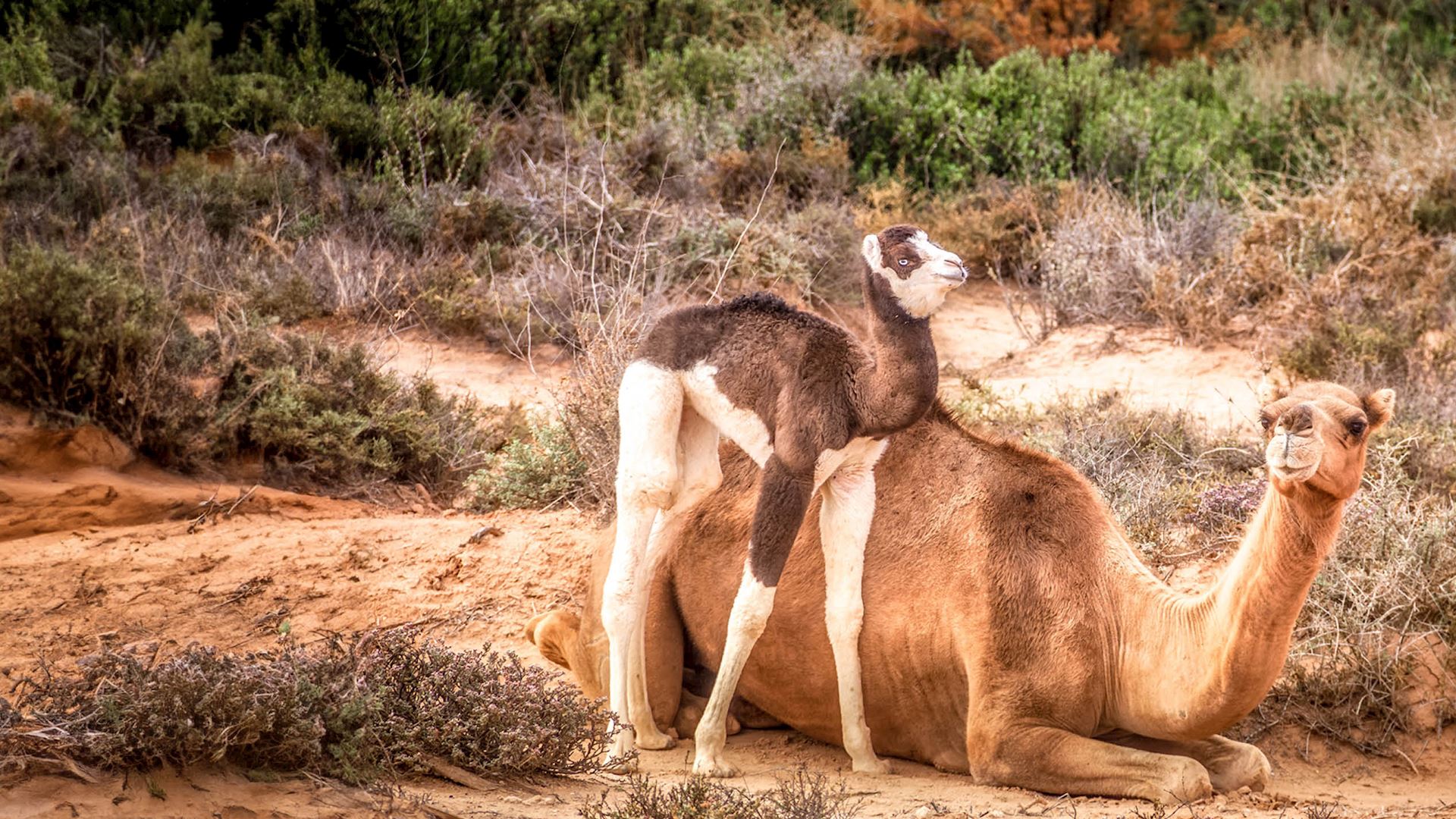
How did Umm Ayman (ra) serve Islam?
Barakah bint Tha’labah was from the earliest people to accept Islam, and she continued to serve the religion throughout her entire life. She witnessed the Battle of Uhud, providing water to the Companions and treating the wounded. She even took a sword and defended the Prophet (saw) whilst many people fled.
She also attended the Battle of Hunain in which her son Ayman (ra) was martyred.
The Prophet (saw) would visit her regularly, showing her love and respect. On one of these occasions, when he asked after her, she replied, ‘as long as Islam is ok, I am ok.’ She was dedicated to Islam.
When did Umm Ayman (ra) pass away?
Umm Ayman (ra) outlived the Prophet (saw). During the Caliphate of Abu Bakr (ra), he visited her with ‘Umar (ra) to honour her and follow the Sunnah of the Prophet (saw) in staying in contact with her.

Anas (ra) reported that after the death of Allah’s Messenger (saw) Abu Bakr (ra) said to ‘Umar (ra), ‘Let us visit Umm Ayman as Allah’s Messenger (saw) used to visit her.’ When we came to her, she was weeping. They (Abu Bakr (ra) and ‘Umar (ra)) said to her, ‘What makes you weep? What is with Allah is better for the Messenger of Allah (saw).’ She said, ‘I weep not because I do not know of the fact that what is with Allah is better for the Messenger of Allah (saw), but I weep because the revelation which came from the Heaven has ceased to come.’ This moved both of them to tears and they began to weep along with her. [Muslim]
She later passed away during the Caliphate of ‘Uthman (ra), shortly after the martyrdom of Umar (ra). Umm Ayman (ra) was buried close to the Prophet (saw). She was close to him whilst he was alive, and she was buried near to him after they passed away.
Supporting our Sisters in Africa
Help us to honour our black sisters from disadvantaged backgrounds around the world.
Did you know that 830 mothers die from preventable causes every single day? Our Motherkind clinics in Somalia are a safe haven for displaced mothers and their newborn babies. Not only do our Motherkind clinics provide maternal care to vulnerable women, they’re also on the frontline in the fight against malnutrition in children. 1.8 million children in Somalia are facing acute malnutrition.
In many African countries, women and girls bear the responsibility of collecting water from far distances for their families. This puts them at risk of violence and also takes away time they could spend learning, working or being with their families. By building a well, you can take away this burden and help communities to flourish.





